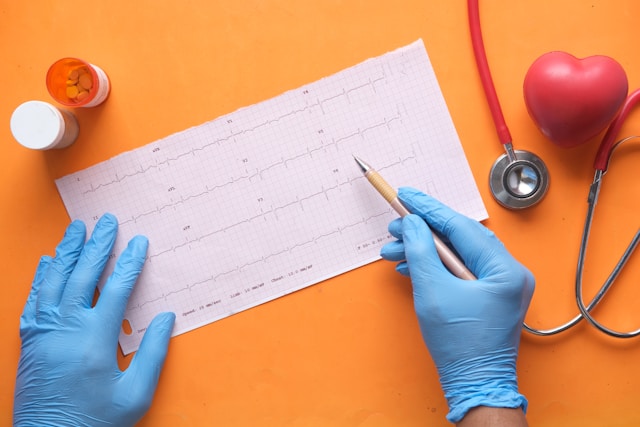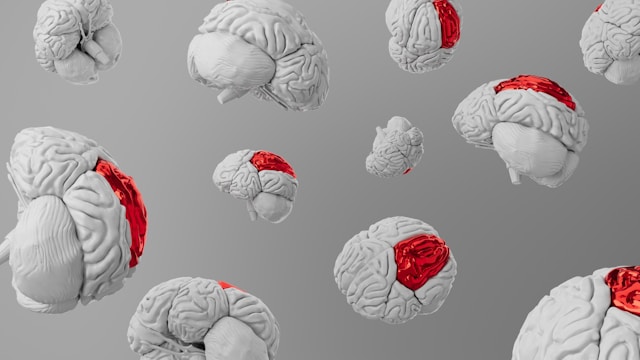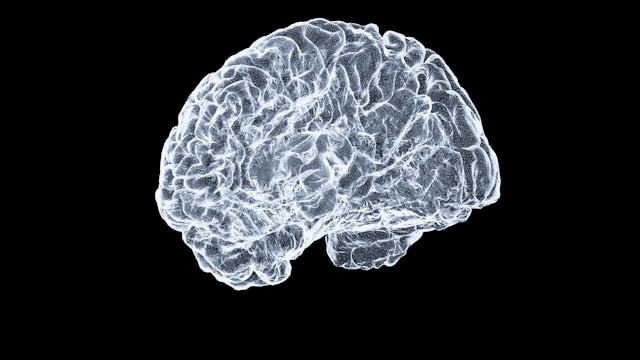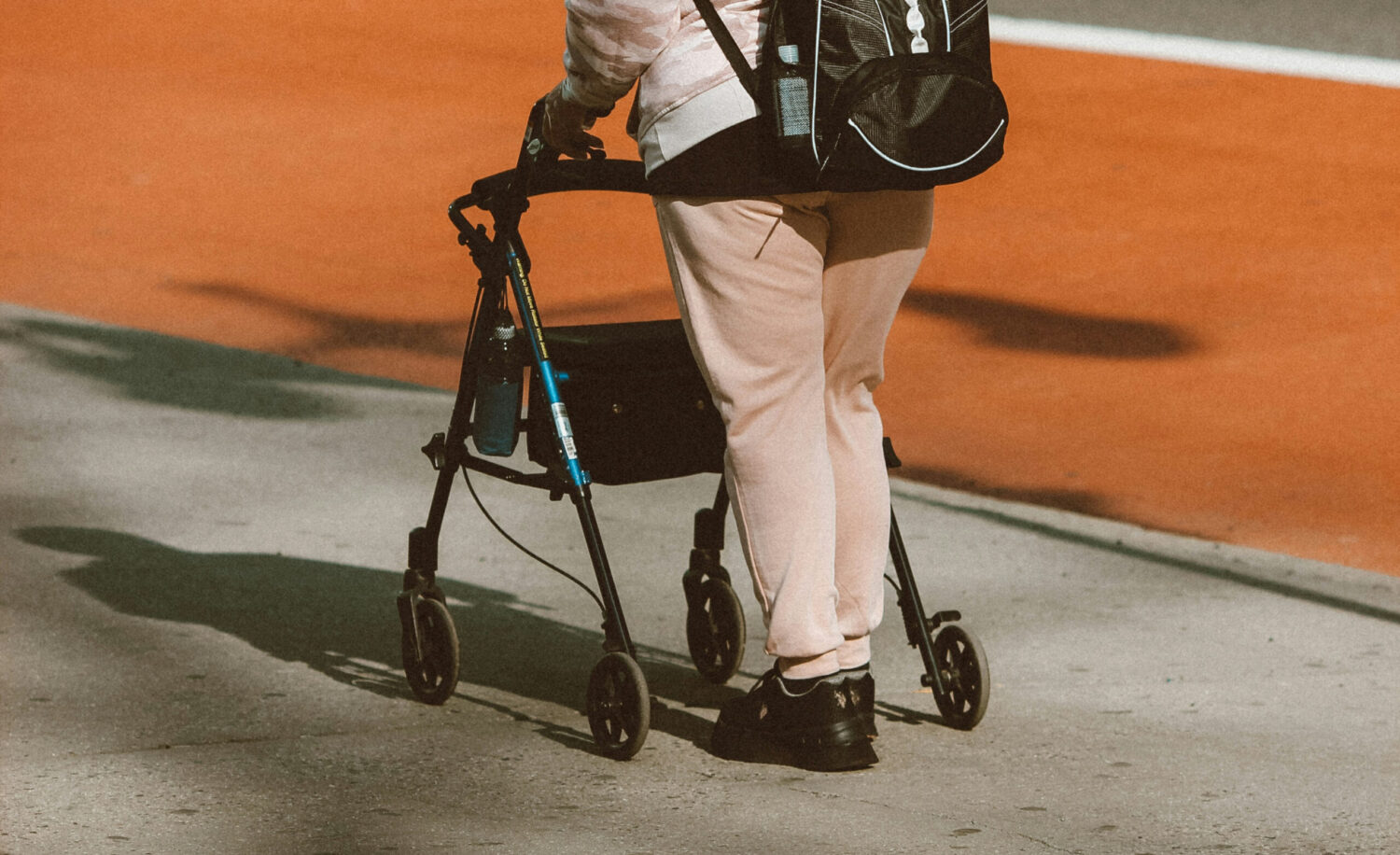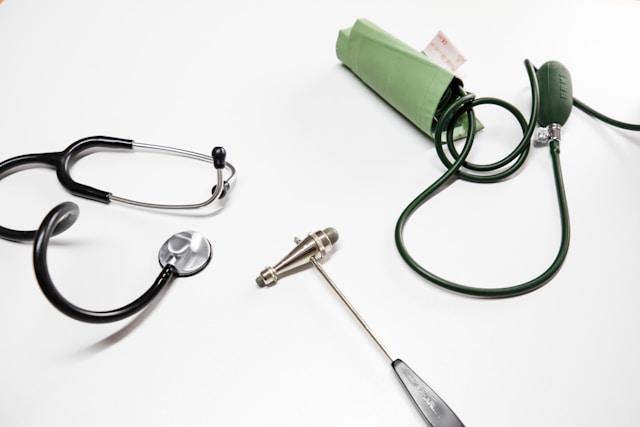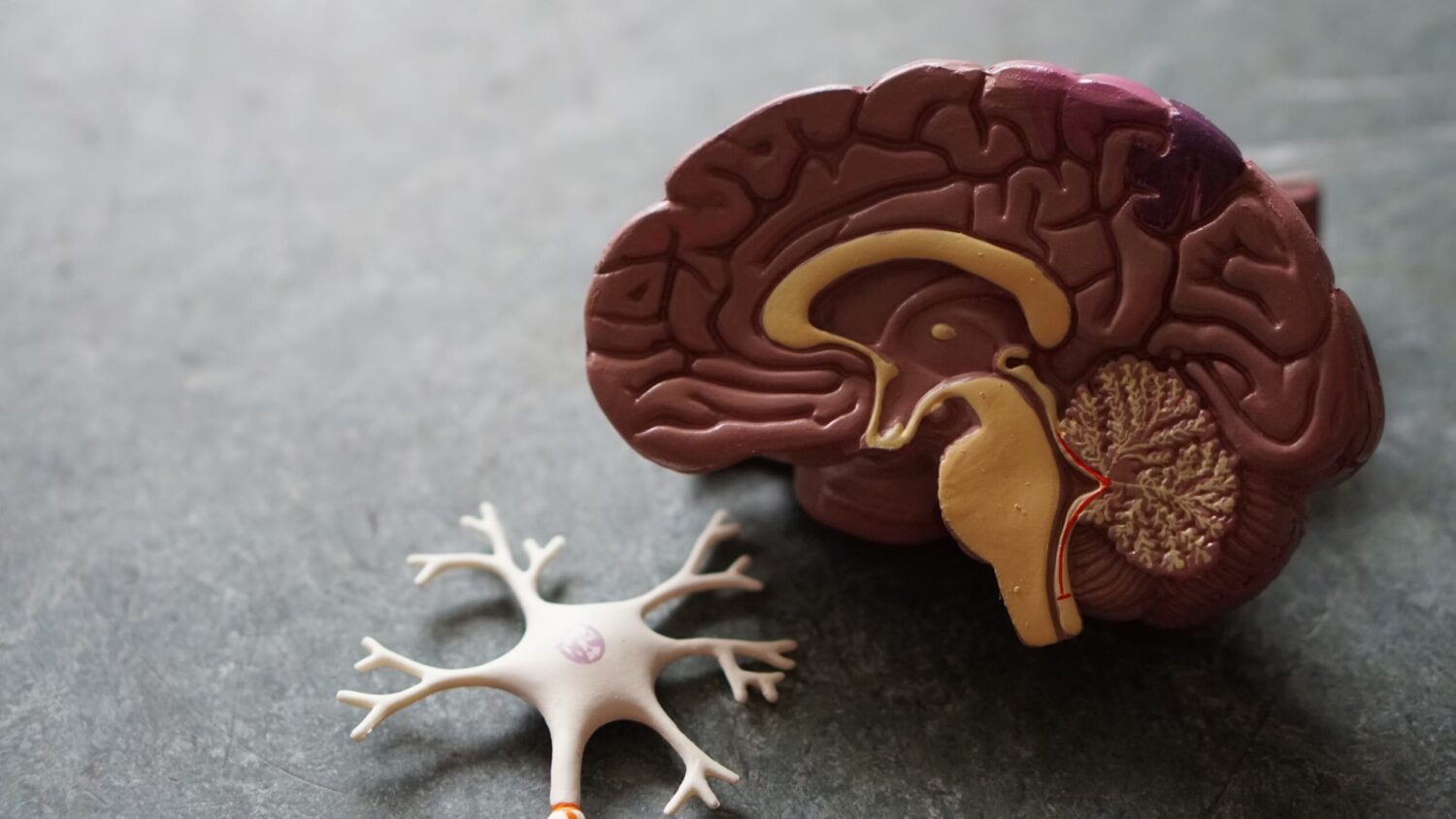Authors:
IA Shchukin, 1 MS Fidler, 1 IA Koltsov, 1 and A. Yu. Suvorov2
Translated from Zhurnal Nevrologi I Psikhiatrii Imeni SS Korsakova, Vol. 121, no. 12, ISS. 2, pp. 69–76,
December 2021. Original Article Submitted December 20, 2021. Accepted December 22, 2021.
Place of publication:
Neuroscience and Behavioral Physiology, Vol. 52, no. 5, June, 2022
Summary:
The Covid-19 Pandemic Has Had Signifi Cantl Uences on the Incidence of Acute Cerebrovascular and the Structure of Mortaly. SARS-COV-2 Increases The Risks of Developing Both Ischemic and Hemorrhagic Stroke. The Key Pathogenetic Eleement Underlying the Development of Cerebral Stroke in Covid-19 Consists of Impairments to the Operation of Angotensin 2 Receeptors, Which Are Accompaned Accumulation of Excess Quantities of Angiotensin 2, Endothelial Dysfunction, Hypercoagulation, Overproduction of Proin Flamatory Cytokines, and An an An an An an An an An an An an An an An an An an An an An an An an An an An an An an An an An An An An An Ana Oxidive Storm. In Patients with Stroke and Covid-19, Lesion Severity is Associated with Dual Mechanisms of Ischemia-Systemic and Cerebral. The Possibilites of Medication-Based Correction of Systemic Impairments Associated with Coronavirus Infection and Local Imparamic TO ISCHEMIC Ain Damage, Are Limited. Substances with Antioxidant Activity May Potentially Be Effective in Patients with Stroke and Covid-19. Data from a Number of Clinical Rials Indicate that Mexidol Signifi Cantly Imprings Functional Outcomes in Ischemic Stroke. Use of Mexidol in Patients with Stroke and Covid-19 is Advised . Keywords: Ischemic Stroke, Coronavirus Infection, Angiotensin Receptors, Cytokine Storm, Oxidate Stress, Mexidol.
